- Home
- Articles
- Architectural Portfolio
- Architectral Presentation
- Inspirational Stories
- Architecture News
- Visualization
- BIM Industry
- Facade Design
- Parametric Design
- Career
- Landscape Architecture
- Construction
- Artificial Intelligence
- Sketching
- Design Softwares
- Diagrams
- Writing
- Architectural Tips
- Sustainability
- Courses
- Concept
- Technology
- History & Heritage
- Future of Architecture
- Guides & How-To
- Art & Culture
- Projects
- Interior Design
- Competitions
- Jobs
- Store
- Tools
- More
- Home
- Articles
- Architectural Portfolio
- Architectral Presentation
- Inspirational Stories
- Architecture News
- Visualization
- BIM Industry
- Facade Design
- Parametric Design
- Career
- Landscape Architecture
- Construction
- Artificial Intelligence
- Sketching
- Design Softwares
- Diagrams
- Writing
- Architectural Tips
- Sustainability
- Courses
- Concept
- Technology
- History & Heritage
- Future of Architecture
- Guides & How-To
- Art & Culture
- Projects
- Interior Design
- Competitions
- Jobs
- Store
- Tools
- More
The Ultimate Guide to Tech Gadgets for Architects: Boost Efficiency and Creativity
Discover the best tech gadgets that every architect needs to enhance efficiency and creativity. Learn about graphics tablets, smart assistants, portable scanners, mobile workstations, and more. Boost project management and design collaboration with cutting-edge tools like Trello and Autodesk BIM 360.
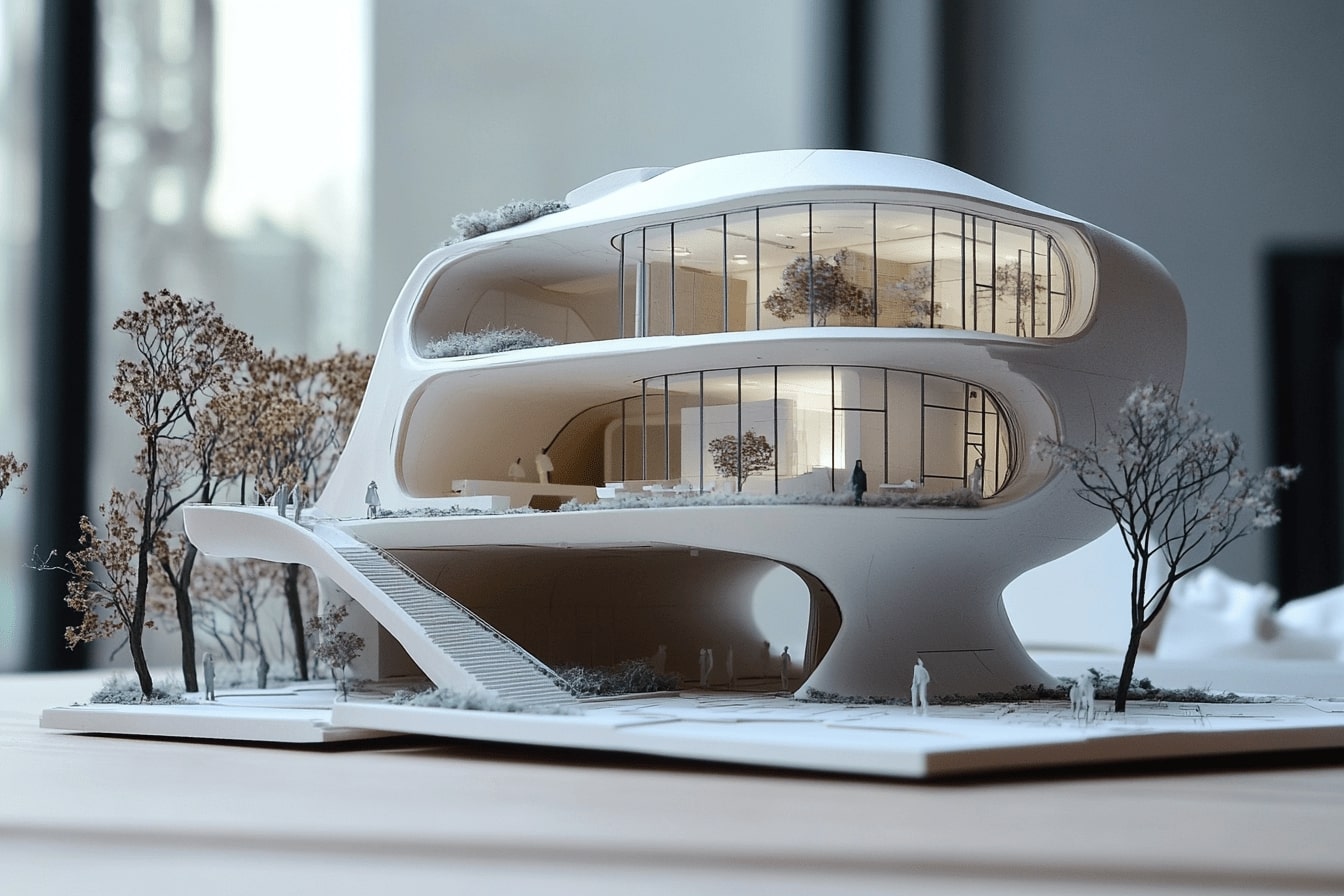
In the fast-paced world of architecture, staying ahead means embracing the latest tech gadgets that streamline our workflow and boost creativity. Whether we’re sketching initial concepts or fine-tuning detailed blueprints, the right tools can make all the difference. From advanced 3D modeling software to cutting-edge virtual reality headsets, these gadgets are revolutionizing how we design and visualize our projects.
But with so many options available, how do we choose the best ones for our needs? In this ultimate guide, we’ll explore the top tech gadgets every architect should consider adding to their toolkit. Let’s dive into the innovations that can elevate our architectural practice to new heights.

Table of Contents
ToggleChoosing the Right Tech Gadgets for Architects
Aligning tech gadgets with our specific needs is essential for optimizing productivity and creativity. We’ll cover key criteria to consider when selecting devices to enhance our architectural practice.
Compatibility with Existing Software
Tech gadgets need to integrate seamlessly with our existing software tools, like AutoCAD and Revit, for efficient workflow. For example, a tablet with stylus support that’s compatible with major design software can streamline sketching and annotation tasks.
Mobility and Portability
Architects often travel to sites and client meetings. Lightweight, portable gadgets ensure we can carry our tech easily without compromising functionality. A powerful, portable laptop or a tablet with long battery life can be invaluable for on-the-go tasks.
High-Resolution Displays
High-resolution displays are crucial for detailed design work. Screens with at least 4K resolution provide sharp images and accurate colors, aiding in precise visualization and presentation of our projects.
Processing Power and Speed
To handle demanding software, gadgets must have robust processing power. Devices with powerful CPUs and ample RAM allow us to run complex simulations and renderings smoothly, which is vital for meeting deadlines and maintaining productivity, even when managing potential issues like CPU throttling.
Storage Capacity
High-capacity storage devices enable us to store large project files, 3D models, and high-resolution images. SSDs (Solid-State Drives) offer faster data access and are more durable than traditional HDDs (Hard Disk Drives).
Connectivity Options
Various connectivity options, such as USB-C, HDMI, and Wi-Fi 6, ensure that our gadgets can link to other devices, projectors, and networks without hassle. This capability is crucial for seamless presentations and data transfers.
Durability and Build Quality
Architectural environments can be demanding. Gadgets with rugged build quality and durability help ensure they withstand daily wear and tear. Look for devices with reinforced frames and water-resistant features if needed.

Essential Drawing and Design Tools
In architecture, utilizing the right drawing and design tools can significantly enhance our creative processes.
Graphics Tablets
Graphics tablets are indispensable for architects. They allow us to create precise digital drawings and easily make adjustments. Top brands like Wacom and XP-Pen offer models with high-pressure sensitivity and customizable shortcuts. A tablet’s resolution often aids in detailed work, making it a critical aspect to consider. Connectivity options like USB-C or Bluetooth provide flexibility in various work environments.
Styluses
Styluses complement graphics tablets, offering a natural drawing experience. We should prioritize styluses with pressure sensitivity for varying line thickness and tilt recognition for shading. Models like the Apple Pencil and Wacom Pro Pen are popular due to their precision and ergonomics. These tools often come with programmable buttons, which increase efficiency when designing intricate blueprints.

Tools for Project Management and Collaboration
For architects, project management and collaboration are essential for seamless workflow and efficiency. Selecting the right tools enhances these processes significantly.
Software Solutions
Project management software like Trello, Asana, and Monday.com streamline task assignments, timelines, and team collaboration. Trello boards help visualize project progress with task cards and checklists. Asana’s project timelines and task dependencies offer a comprehensive view of deadlines and responsibilities. Monday.com’s customizable workflows facilitate team collaboration by integrating communication and project tracking.
For design collaboration, tools such as Autodesk BIM 360 and ArchiCAD aid in real-time coordination. Autodesk BIM 360 allows architects to access, edit, and share BIM models, ensuring everyone has the latest project data. ArchiCAD provides integrated 2D and 3D design tools, enhancing collaboration by enabling simultaneous work on elements and sections.
Cloud Storage Options
Cloud storage options are critical for secure, accessible project data. We recommend solutions like Google Drive, Dropbox, and Microsoft OneDrive. Google Drive offers 15GB free storage with seamless integration with Google’s suite of productivity tools. Dropbox provides robust file synchronization and sharing features suitable for large architectural files. Microsoft OneDrive integrates with Office 365, making it easier to manage documents and collaborate on project plans.
For larger firms, enterprise solutions like Autodesk A360 deliver advanced features such as model viewing, data exchange, and user permissions, increasing project control and file security.

Presentation Tools
High-quality presentation tools help architects convey their ideas effectively. Here’s an optimal selection for impactful presentations.
High-Resolution Monitors
High-resolution monitors offer precise and sharp image quality. Monitors with 4K resolution enhance the visual experience, displaying intricate design details with clarity. Brands like Dell and LG provide reliable 4K options, featuring IPS panels for wide viewing angles. For example, the Dell UltraSharp series offers excellent color accuracy, which is crucial for architectural visuals. Ensure the monitor size is at least 27 inches for a more effective workspace.
Projectors
Projectors are essential for presenting designs to large audiences. Look for projectors with at least 3000 lumens brightness and a resolution of 1080p or higher. Epson and BenQ offer high-quality models suitable for architectural presentations. For instance, the Epson PowerLite series delivers vibrant colors and sharp images, making it ideal for showcasing project plans. Consider short-throw projectors if the presentation space is limited.
Smart Devices for Increased Productivity
Incorporating smart devices into an architect’s toolkit can vastly improve productivity. Smart assistants and wearable tech provide seamless integration and efficiency vital to modern architectural workflows.
Smart Assistants
Smart assistants like Amazon Alexa, Google Assistant, and Apple’s Siri perform automated tasks and provide hands-free assistance. These devices manage schedules, set reminders, and answer queries, thus streamlining daily operations. Voice-activated devices can control office environments, adjust lighting, and manage thermostats, creating an optimal workspace. Integration with project management tools allows architects to track deadlines and milestones using simple voice commands.
Wearable Tech
Wearable tech such as smartwatches and augmented reality (AR) glasses enhances productivity. Smartwatches from Apple, Samsung, and Garmin keep us connected by providing notifications, calendar alerts, and health tracking right on our wrists. They monitor stress levels and track physical activity, promoting well-being which translates into better work performance. AR glasses, exemplified by Microsoft HoloLens and Google Glass, overlay digital information onto the physical world. Architects use AR to visualize designs in real space, conduct virtual walkthroughs, and collaborate remotely with clients and team members, streamlining the design process.

Gadgets for On-the-Go Architects
Architects often work on-site and require reliable tech gadgets to facilitate their tasks. Below are some essential gadgets for mobile architects.
Portable Scanners and Printers
Portable scanners and printers simplify document management on-site. Devices like the Fujitsu ScanSnap iX100 scan large documents quickly. When prints are needed, the Canon PIXMA TR150 provides high-quality prints in seconds. These portable solutions ensure that architectural plans and revisions are easily accessible and sharable.
Mobile Workstations
Mobile workstations maintain performance and reliability for architecture tasks. The Dell Precision 7750, with its high-end graphics and ample RAM, supports rendering and intensive design applications. Similarly, the HP ZBook Fury offers robust processing power for 3D modeling and simulation. These workstations enable architects to execute complex tasks on the field efficiently.
Conclusion
Tech gadgets have revolutionized the workflow of architects, driving efficiency, creativity, and collaboration. Graphics tablets and styluses offer architects precise control over designs. Identifying the right device depends on factors like compatibility and usability. Effective project management relies on tools like Trello, Asana, and Monday.com, which streamline task allocation and progress tracking.
Design collaboration tools such as Autodesk BIM 360 and ArchiCAD facilitate seamless teamwork. Coupled with cloud storage solutions like Google Drive and Dropbox, sharing files becomes simple and secure. High-quality monitors and projectors bring architectural visuals to life, making detailed presentations and reviews possible.
Smart assistants, including Amazon Alexa, Google Assistant, and Apple’s Siri, simplify daily operations. These assistants integrate well with project management tools, ensuring continuous productivity. Wearable tech, like smartwatches and AR glasses, boosts productivity by offering real-time health monitoring and immersive AR experiences.
For architects frequently on-the-go, portable scanners like the Fujitsu ScanSnap iX100 and printers like the Canon PIXMA TR150 are indispensable. They streamline document management tasks on-site. Mobile workstations such as the Dell Precision 7750 and HP ZBook Fury provide the necessary power for rendering, 3D modeling, and simulations in the field.
Each tech gadget discussed enhances specific aspects of an architect’s work. By integrating these tools thoughtfully, architects can optimize their processes and deliver outstanding results.
illustrarch is your daily dose of architecture. Leading community designed for all lovers of illustration and #drawing.
Submit your architectural projects
Follow these steps for submission your project. Submission FormLatest Posts
Essential Architecture Tools in 2026: Software, AI, and Physical Equipment
Architecture in 2026 demands more than design talent alone. From BIM and...
Light of Tomorrow by VELUX 2026
This competition encourages architects to design visionary spaces where natural light drives...
Top 10 Online Platforms to Find Apartments for Rent in San Antonio
San Antonio, Texas, with its vibrant culture, historical landmarks, and strong job...
Useful Tips for Planning A Backyard Layout That Feels Spacious
Creating a backyard that feels spacious can transform your outdoor experience, making...


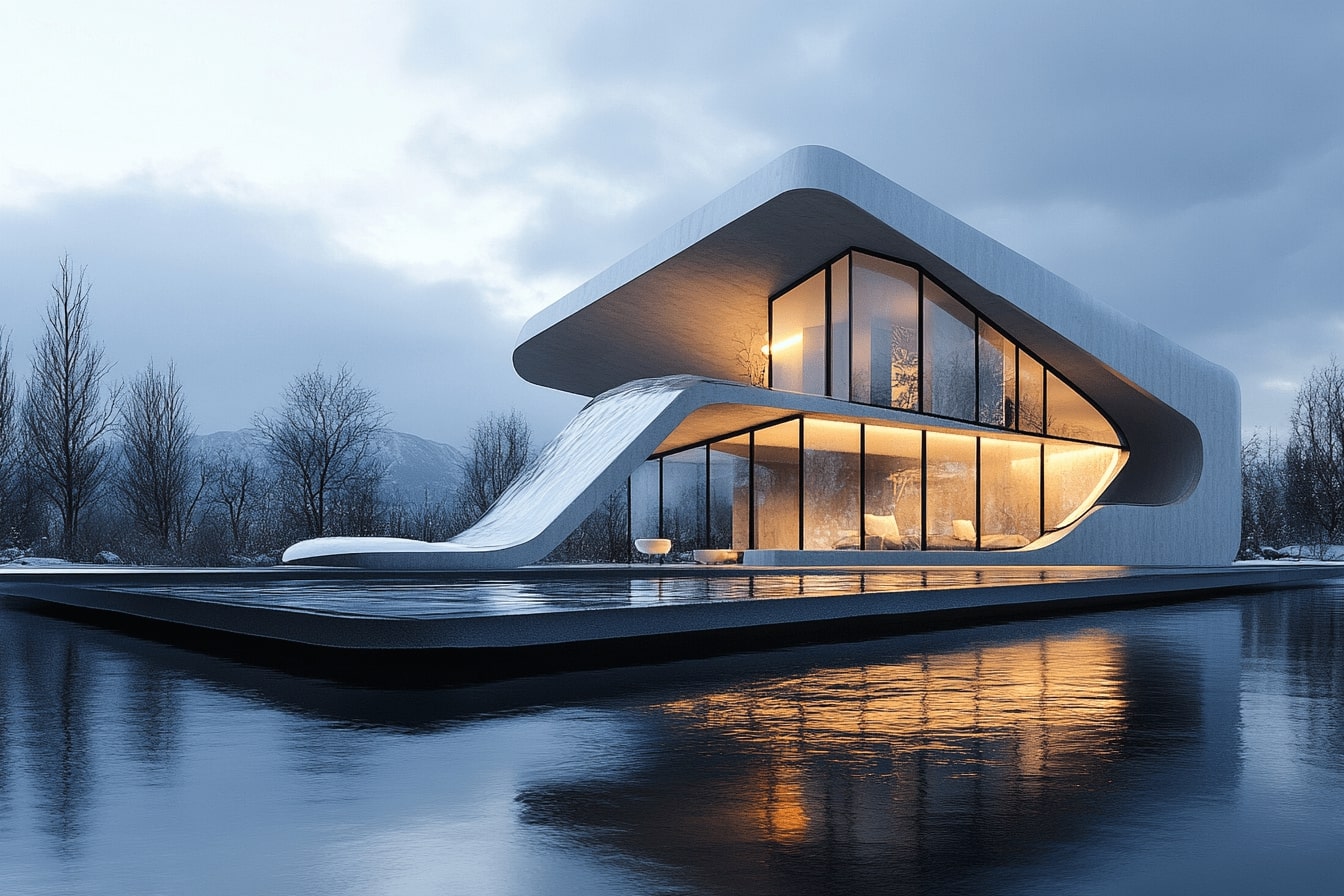




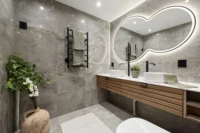
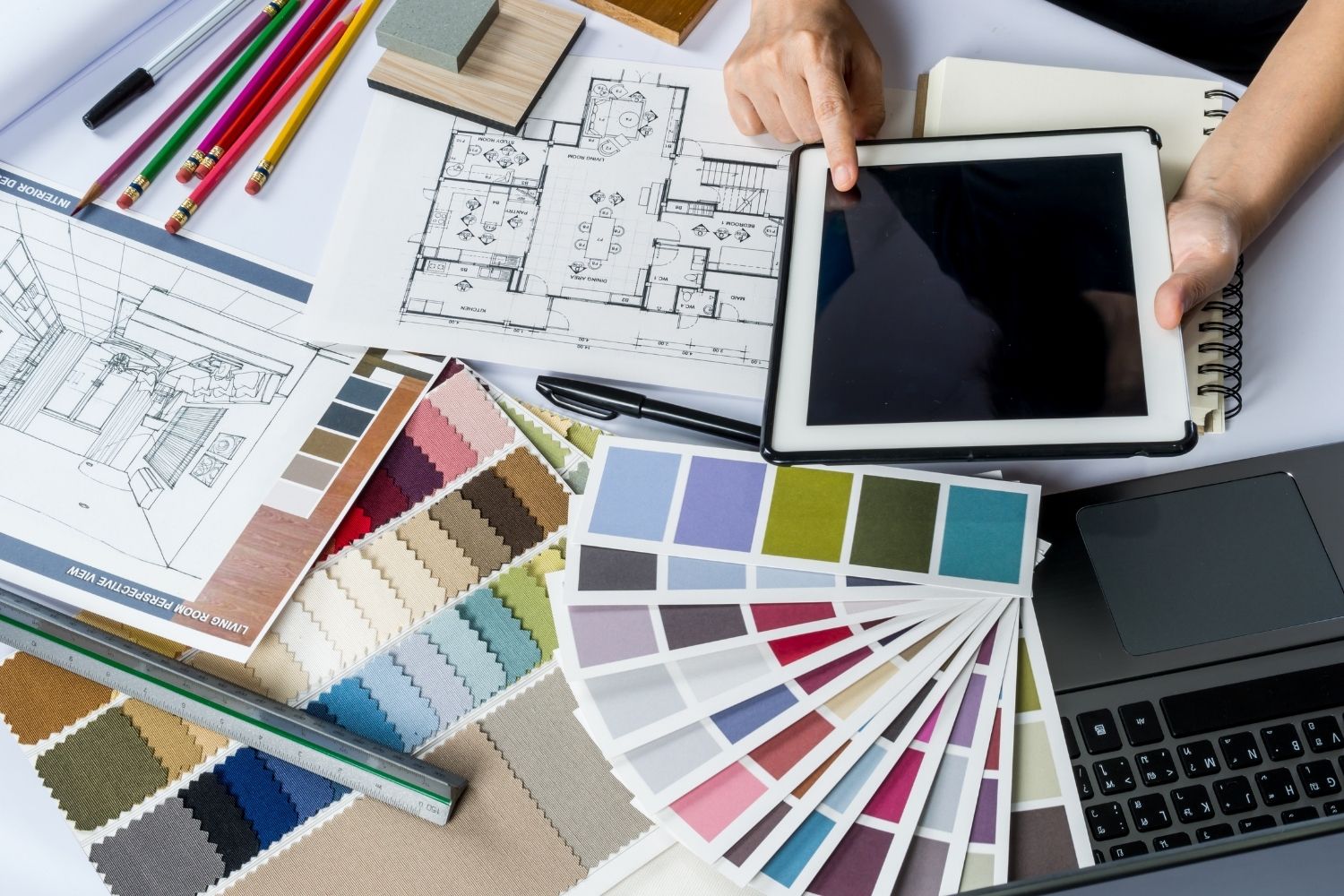


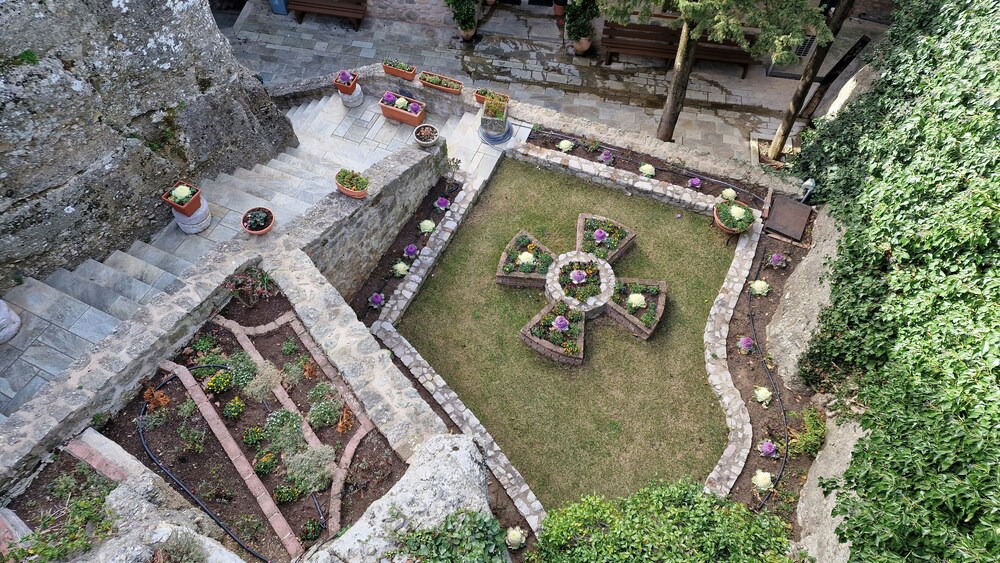
Leave a comment